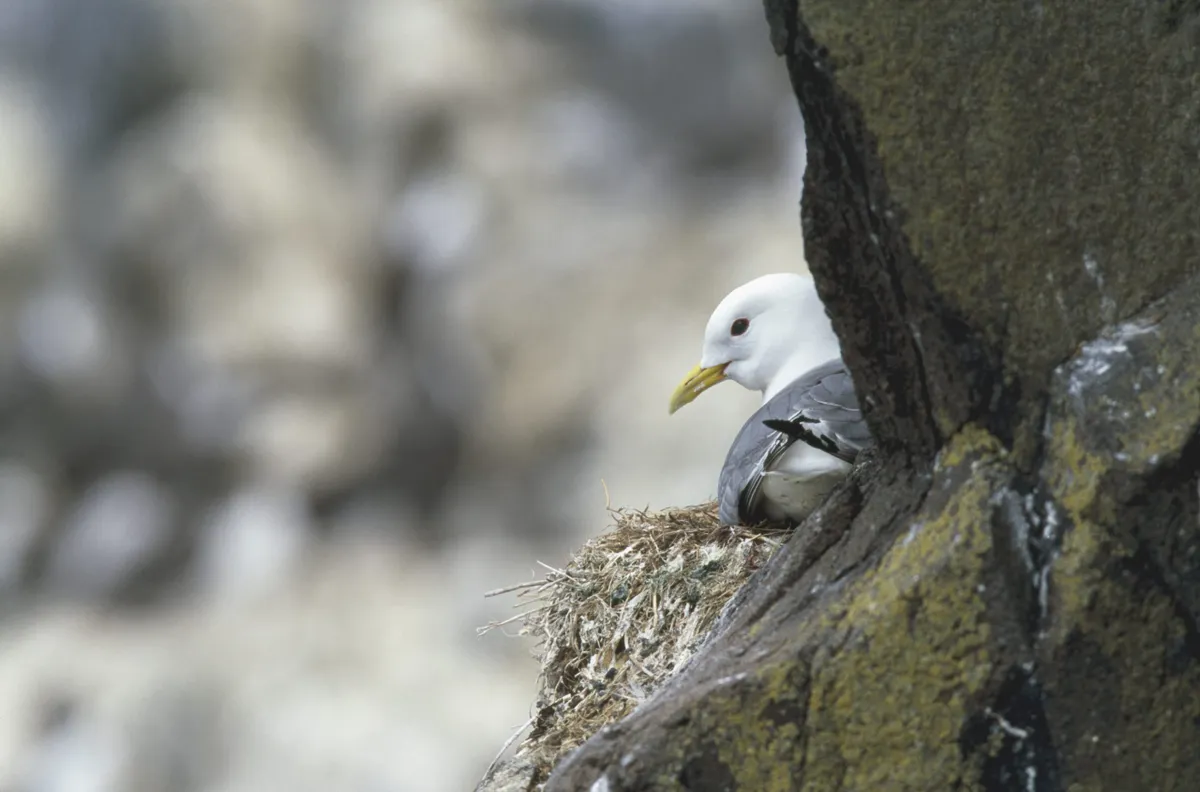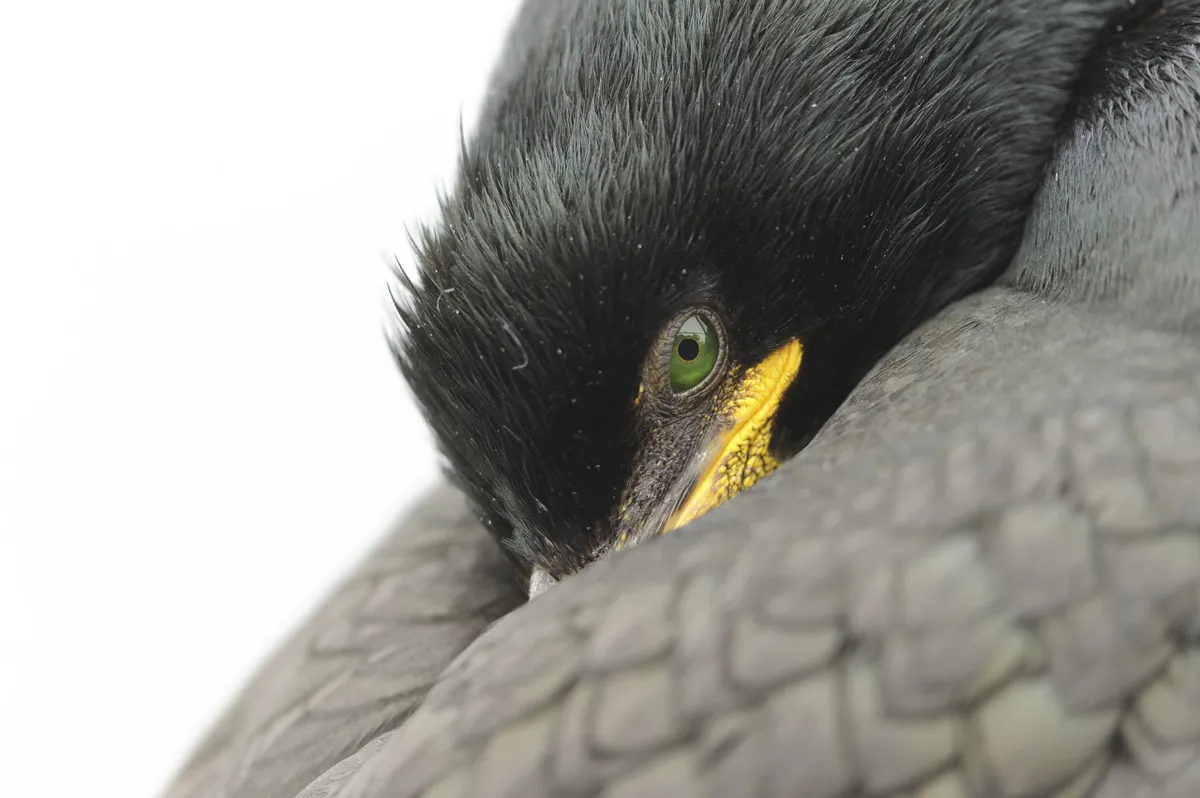Seabirds are one of the most threatened groups of birds globally and the coasts and seas around the UK are internationally important for many species.
Based on tracking data, scientists at the RSPB have produced new maps identifying, for the first time, the most important marine areas for seabirds during their breeding season.
They provide vital information needed to inform how best to protect them including the need to increase the size of marine protected areas.
Combining the hotspot mapping technique with five years of tracking data from a previous RSPB study, they were able to learn more about where kittiwakes, guillemots, razorbills and shags go as they forage at sea during the breeding season. All four species are classed as Birds of Conservation Concern in the UK.
For kittiwakes, guillemots and razorbills the mapping revealed the importance of the Scottish (particularly the East), the Pembrokeshire coast, Rathlin Island (Northern Island) and the Yorkshire coast.

For shags the hotspots were smaller than for the other species and typically found in inshore coastal waters centred around their breeding colonies.
The study showed that many hotspots are larger than the current largest single marine SPA in the UK - the Outer Thames Estuary SPA - which covers an area of 3,924 km2, and under some of the mapping techniques, they exceed the total area covered by all current marine UK SPAs.

“The sight and sound of hundreds of thousands of seabirds flocking to our shores is an amazing natural spectacle and something that we must help protect for future generations to enjoy,” says Dr Ian Cleasby, lead author of the research.
“The results from this research provides better evidence that allows us to identify important areas of sea that should be part of protected areas and help to improve how we plan for development at sea to reduce conflicts between the needs of our seabirds and human activities at sea.”

The new research comes at a crucial time - as decisions are being made relating to fishing, offshore wind farms and how the seas and their wildlife are protected in the context of increased efforts to decarbonise energy generation in UK waters.
“The next decade will be critical in determining how the UK reaches the net zero targets needed to tackle climate change,” says Helen Quayle, RSPB policy officer.
“Significantly increasing energy generation from offshore wind will be key to decarbonising. However, left unchecked, continued offshore wind deployment will threaten the long-term conservation of globally important populations of seabirds which call the UK their home.”
Read the full paper in Biological Conservation.
Main image: Razorbill in the Shiant Isles, Outer Hebrides, Scotland. © RSPB